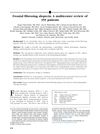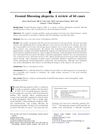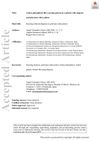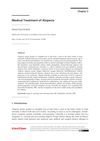Frontal Fibrosing Alopecia: A Review of 355 Cases in a Spanish Population
August 2014
in “
Journal of The American Academy of Dermatology
”
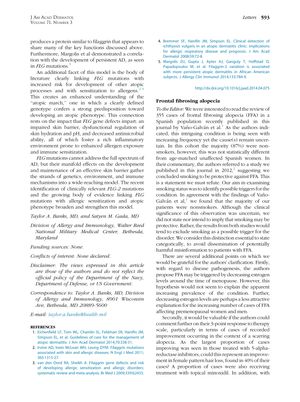
TLDR Hormonal imbalances may play a role in frontal fibrosing alopecia, and antiandrogenic drugs combined with steroids are currently the most effective treatment.
The document discusses a review of 355 cases of frontal fibrosing alopecia (FFA) in a Spanish population, which is a condition increasingly seen but with uncertain causes. The majority of patients in the cohort were non-smokers, which was not statistically different from the control group of unaffected Spanish women, suggesting smoking is not a trigger for FFA. The authors of the review propose that hormonal imbalances, particularly around menopause, may play a role in triggering FFA, but acknowledge this does not explain cases in premenopausal women and men. The response to therapy was measured on a 3-point scale, with the largest proportion of improvement seen in patients treated with 5-alpha-reductase inhibitors, which could indicate an improvement in female pattern hair loss rather than FFA. The authors suggest that antiandrogenic drugs seem useful in at least stabilizing FFA, but randomized controlled trials are needed to confirm treatment efficacy. The combination of antiandrogens and intralesional steroids is currently seen as the most effective strategy for achieving stabilization in FFA patients.
